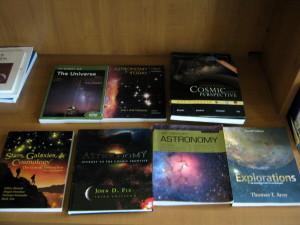UPDATE: Clouds are moving in fast from the west and weather radar shows rain showers approaching. After that it’s predicted to be all clouds, so we won’t be seeing the Moon tonight. Sorry for any inconvenience, but that is our variable PEI weather!
________________________________________________________________________
Saturday, September 6, 2014 is  International Observe the Moon Night (InOMN). This annual event was created by a partnership of scientists, educators, and amateur astronomers from around the world to encourage a sense of wonderment and curiosity about Earth’s Moon. InOMN events will be held all around the world.
International Observe the Moon Night (InOMN). This annual event was created by a partnership of scientists, educators, and amateur astronomers from around the world to encourage a sense of wonderment and curiosity about Earth’s Moon. InOMN events will be held all around the world.
We will host a Moon observation event from 8:00-10:00PM that we encourage all to attend. Volunteers from the Physics Department and Charlottetown RASC will teach you about the Moon, help you identify some of the Moon’s features, and show you stunning telescope views of the lunar surface.
As with all our viewings, this event is weather dependent. Updates will be posted here in the event of cancellation, but as a general rule if you can’t see the Moon because of clouds, our telescope won’t be able to see it either.
To attend this event, meet in Memorial Hall room 417 (suggested parking lots: ‘B’ or ‘C’ on campus map). This room can be reached by the stairs or the elevator. To go up to our observatory, it is necessary to climb the stairs one floor plus up into the dome. However, for this event we hope to also have some binocular and small telescope viewing from ground level which will be accessible to any guests with mobility issues.


